Isoflud Injection
Isoflud injection is a sterile aqueous suspension of isoflupredone acetate, having potent glucocorticoid activity. Isoflud injection containing isoflupredone acetate is the only corticosteroid approved by USFDA for lactating dairy animals. Isoflud is also found to be safe in pregnant animals.
Description
Isoflud Injection
Isoflupredone Acetate Injection
Brand Name: Isoflud (Injection)
Manufactured by: Zydus AHL / Cadila
Dosage form: Injection (Suspension)
Presentation:
Vial of 5 ml, 10 ml
Ingredients & Composition:
Each 1 ml of Isoflud injection contains:
Isoflupredone acetate IP 2 mg
Water for injection IP qs to 1 ml
Description & Mechanism of Action:
Isoflud injection is a sterile aqueous suspension of isoflupredone acetate, having potent glucocorticoid activity. Isoflud injection containing isoflupredone acetate is the only corticosteroid approved by USFDA for lactating dairy animals. Isoflud is also found to be safe in pregnant animals.
Isoflud is intended for intramuscular or intra-synovial injection in animals. It is indicated through the intramuscular route in sítuations requiring glucocorticoid, anti-inflammatory, and / supportive effect while the intrasynovial route is indicated in joint inflammation tendonitis & bursitis.
Isofupredone is an effective and valuable treatment for the endocrine and metabolic
imbalance of primary bovine ketosis. Isoflupredone is nearly 10 times more gluconeogenic than prednisolone, 50 times that of hydrocortisone & 67 times that of cortisone as measured by liver glycogen deposition in rats.
In animals With overwhelmingly severe infections for which antibacterial therapy is available (e.g. pneumonia. peritonitis endometritis, specific mastitis) isoflupredone therapy may be used as a supportive therapy.
Class: Steroid / Glucocorticoid
Indication / Uses:
- Bovine Ketosis
- Parturient paresis (supportive stress therapy for milk fever- before & after calcium therapy).
- Alleviating pain & lameness associated with generalized & acute localized arthritic conditions.
- Inflammatory conditions such as laminitis, rheumatoid & traumatic arthritis, osteoarthritis, tendonitis, periostitis, Tenosynovitis, bursitis & myositis.
- Generalized muscular soreness, stiffness, depression & anorexia resulting from overwork, shipping, unusual physical exertion, etc.
- Various allergic conditions like-anaphylactic reaction, dermatitis, conjunctivitis, eczema.
- Acute hypersensitive reaction resulting from treatment with a sensitizing drug or exposure to other allergenic agents.
- Overwhelming infections with severe toxicity such as mastitis, pneumonia, and in other similar infectious conditions, as supportive therapy to hasten complete recovery.
- Shock-like states occurring in association with a severe injury, trauma, emergency surgery& elective surgery in poor surgical risks along with standard methods of combating shock.
- Other indications: Exhaustion following surgery or dystocia, retained placenta, inflammatory ocular conditions, snakebite, and stressful conditions including supportive therapy in mastitis.
Dosage and administration:
Cattle & Buffalo: 5 to 10 ml of Isoflud {10 to 20 mg of Isoflupredone Acetate) according to the size of an animal and severity of the condition. The dose may be
repeated in 12 to 24 hours if indicated.
Horse: 2.5 to 10 ml of Isoflud (5 to 20 mg Isoflupredone Acetate)
Sheep & Goat: 0.5 to 1ml of Isoflud per 10 kg of B.Wt. (1 to 2 mg isoflupredone Acetate per 10 kg B.Wt.).
Or as directed by a veterinary practitioner.
Use in dogs and cats have not been advocated by the manufacturer.
Route of Administration:
Intramuscular, Intrasynovial or Intra-articular use only (By deep intramuscular injection for systemic effect, or into joint cavity, tendon sheath or
bursa for local effect).
Not to be added to the infusion solutions.
Overdoses / Side effects / Contraindications /Warnings:
Use in the appropriate dosage. Primary adverse effects are Cushingoid in nature with prolonged use. Use of steroids is contraindicated in systemic fungal infections, animals with arrested tuberculosis, peptic ulcer, acute psychoses, corneal ulcer, & Cushingoid syndrome. The presence of diabetes, osteoporosis, chronic psychotic reactions, predisposition to thrombophlebitis, hypertension, CHF, renal insufficiency, & active tuberculosis necessitates carefully controlled use (reference: Plumb’ Therapeutics 6th edition).
Do not self medicate to avoid side effects and complications. In infections, characterized by overwhelming toxicity. Isoflud injection should be administered only in conjunction with appropriate antibacterial therapy.
Unique features:
- Safe. no effect on lactation.
- No milk withholding required.
- Safe in pregnancy does not induce abortion.
- Increases glucose levels quickly.
- It is 10 times more potent than Prednisolone.
- Long-acting effect-up to 48-hours of gluconeogenic activity.
3s Effect of Isoflud
-Safer
Safe in pregnancy “Non-teratogenic”.
No effect on lactation (does not decrease milk production usually associated with steroids)
Less immuno-suppression.
-Swifter
Blood glucose level returns to normal within 8 to 24 hours (in cows Suffering from ketosis-stress of parturition & high milk production which predisposes to this condition).
-Stronger
The glucocorticoid activity is nearly 10 times more than that of Prednisolone (The hyperglycemic effect in both normal & ketotic cattle).
Pharmaceutical precautions / Instructions:
Store in a cool and dry place at 20-25°C. Shake well before use. Multidose vial: the number of withdrawal should not exceed ten. For the use of veterinarian, hospital, laboratory, or an animal farm only. To be sold by retail on the prescription of a Registered veterinary practitioner only.
Safety: Age / Pregnancy/ Withdrawal:
Sated to be safe in pregnancy. Safety for age has not been warned. The withdrawal period for milk is nil while for meat it’s 7 days.
Habit-forming:
May need to be given for a longer period of time which depends on the condition being treated. Sometimes in case of longer therapy may need a gradual reduction in dosage to avoid potential side effects and Cushingoid syndrome-like symptoms.
Substitute: Isolid, Isosafe, Isofludon, Esoflud, Cortalife Isoflupredone Injection,
Also see Vetalog Injection, Dexona Injection, Prednisolone Injection,
Only logged in customers who have purchased this product may leave a review.


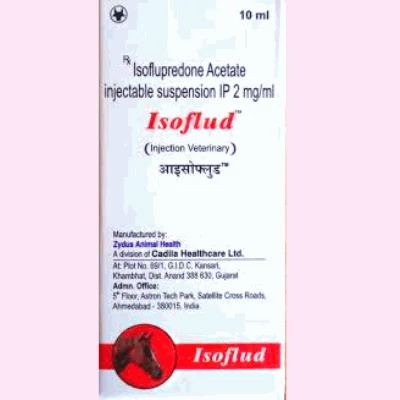
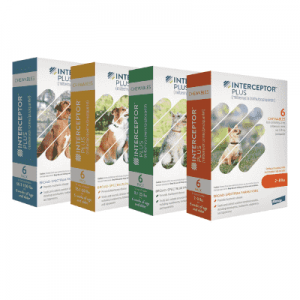
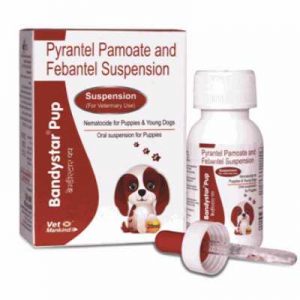
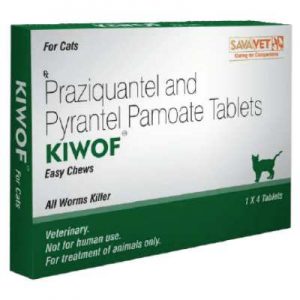
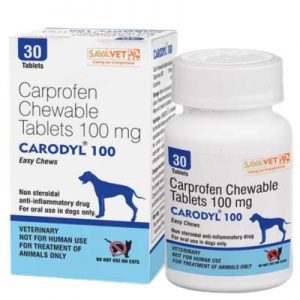
Reviews
There are no reviews yet.